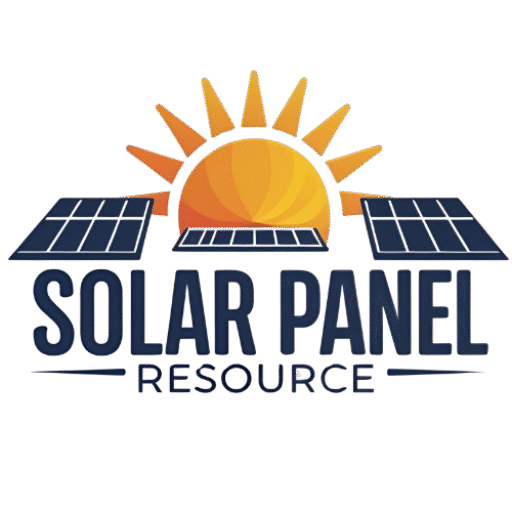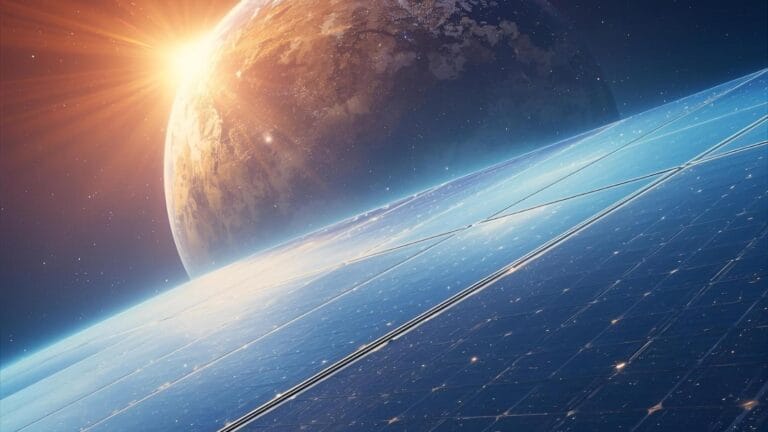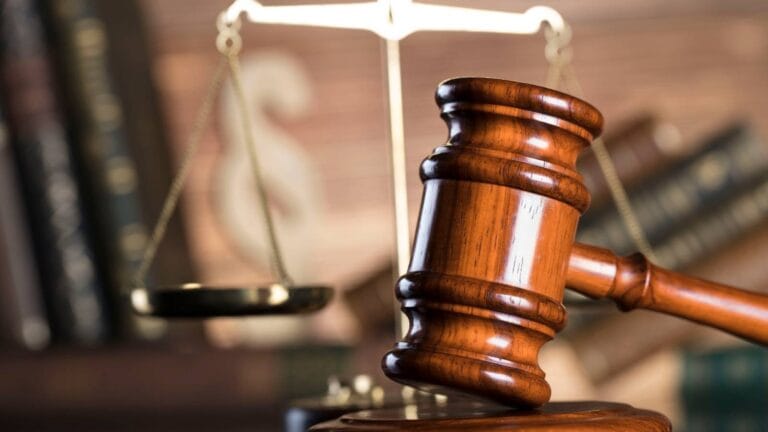How Much Do Solar Panels Cost in 2025? (Complete Price Guide)
For anyone considering a solar energy investment, one of the most critical questions is, “How much does it really cost?” In 2025, the average installed residential solar panel system in the United States costs between $2.50 and $3.30 per watt, or roughly $15,000 to $20,000 for a typical 6 kW system.
As a solar industry analyst, I can tell you that while these figures provide a useful starting point, accurate cost data is essential for making a sound financial decision. Relying on outdated averages can lead to a miscalculation of your long-term return on investment. The solar market is highly dynamic, with costs fluctuating based on technology, government incentives, and regional demand.
In this detailed guide, we provide expert-level insights into the latest 2025 solar panel pricing trends across the residential, commercial, and utility-scale markets. We’ll break down the factors that influence cost, debunk common pricing myths, and give you the tools to accurately budget for your solar future.
Average Residential Solar Panel Costs in 2025
According to updated market research, the average installed residential solar panel system in the United States costs between $2.50 and $3.30 per watt. For a typical 6 kW system, this translates to a total cost ranging from roughly $15,000 to $20,000. It’s crucial to understand that these figures represent the complete system, not just the solar panels themselves.
These benchmarks reflect current labor costs, equipment standards, and local permitting fees. For example, data from EnergySage, a trusted online marketplace for solar services, shows that average costs in high-adoption states like California are slightly lower, typically between $2.29 and $3.14 per watt, thanks to a competitive market. However, in other regions, prices may be slightly higher due to less market saturation.
As a solar industry analyst, I can tell you that the final price you pay can vary significantly based on several factors, including the size of your installation, the complexity of your roof (e.g., steep angles or multiple gables), and specific local permitting practices. Because of these variables, experts always recommend requesting at least three quotes from certified installers. This ensures you align with these market benchmarks and get a fair price for your specific project.
Commercial and Utility-Scale Solar Costs
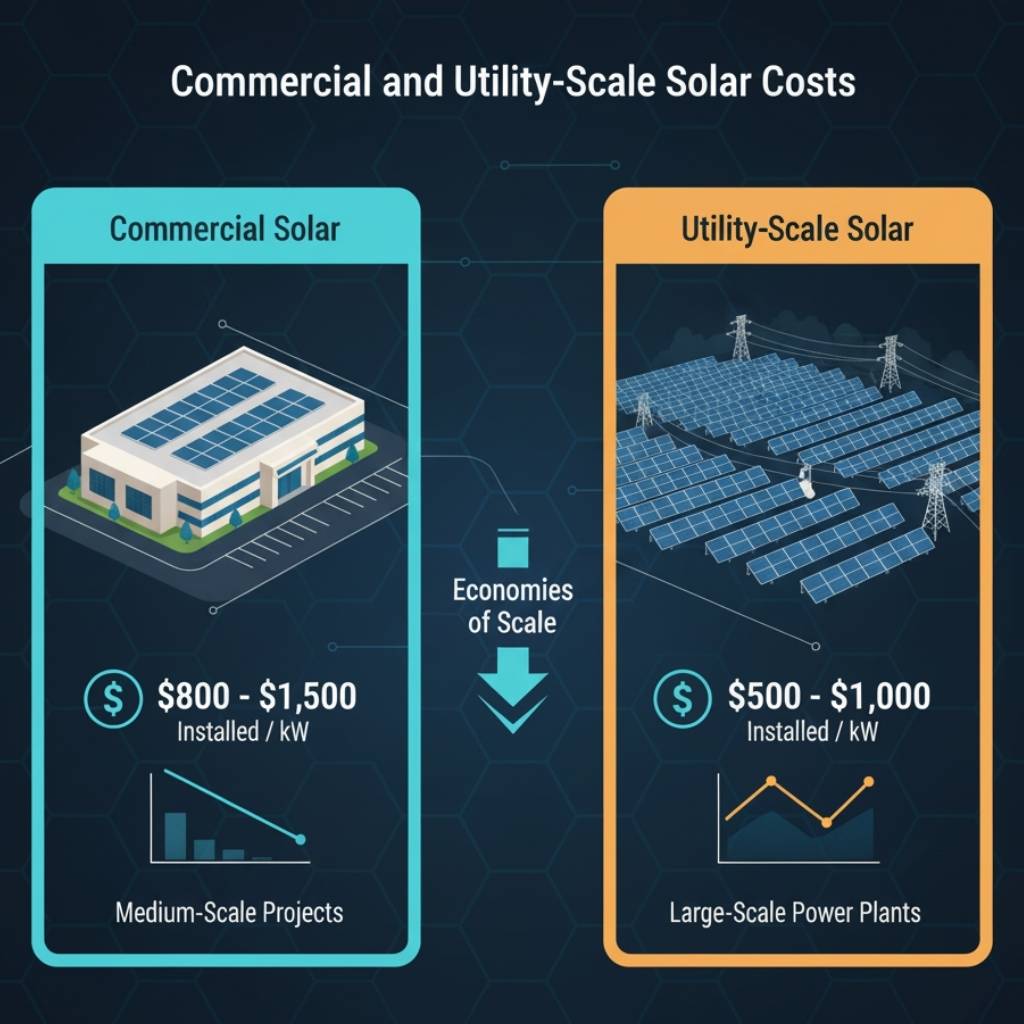
The cost of solar energy for large-scale projects is fundamentally different from residential pricing, primarily due to economies of scale and bulk purchasing. According to recent industry data, commercial and utility-scale installations average $0.90 to $1.30 per watt before accounting for incentives.
As a solar industry analyst, I can tell you that these figures are highly dependent on a variety of factors unique to large projects. The final cost is heavily influenced by regional government incentives, significant bulk equipment discounts from manufacturers, and project-specific factors such as land preparation, structural requirements, and complex grid interconnection fees. For a major utility-scale project, these additional costs can be a substantial part of the total investment.
It’s important to note that these commercial figures reflect the total system cost—including panels, inverters, racking, labor, and engineering—rather than just the price of the modules themselves. In markets with strong tax credits and government subsidies, the effective net costs can be significantly lower. However, without these incentives, costs are closer to the upper end of the range. For this reason, analysts emphasize that each project requires a detailed feasibility study to accurately validate all cost assumptions and ensure a viable return on investment.
Regional Price Variations
While the United States provides a clear benchmark, solar panel costs can vary significantly by region due to a multitude of factors, including local labor rates, permitting regulations, and supply chain logistics. Understanding these differences is crucial for anyone planning a project abroad or in a different state.
- United States (General): As we’ve established, average residential costs are between $2.50 and $3.30 per watt. However, states with high market saturation and competitive installer networks, such as California, often see prices on the lower end of that spectrum. This highlights how market competition can drive down costs for consumers.
- European Union: The solar market in Europe is also highly developed. For residential systems, reports from countries like Germany and the Netherlands indicate total installed costs ranging from €1,200 to €1,500 per kW (or €1.20-€1.50 per watt) for a complete system, including labor and inverters. It’s crucial to note that these figures represent the full installation cost, which is significantly higher than just the panel price.
- Middle East & Africa: The dynamics are different in these markets, particularly for large-scale projects. Some reports highlight module-only prices as low as $0.40 per watt for massive utility-scale procurement. However, industry analysts and experts stress that this figure is misleading. When factoring in the total installed costs—which include land preparation, mounting structures, and grid interconnection fees—the final price per watt for a utility-scale project can increase significantly, often exceeding $0.80 per watt.
As a key takeaway, experts stress that regional data must always be interpreted carefully. Misinterpreting module-only quotes as total installed costs is a common mistake that can lead to unrealistic budget expectations. Always request a detailed quote that includes all components and labor to get an accurate financial picture.
Key Factors Influencing Solar Panel Prices
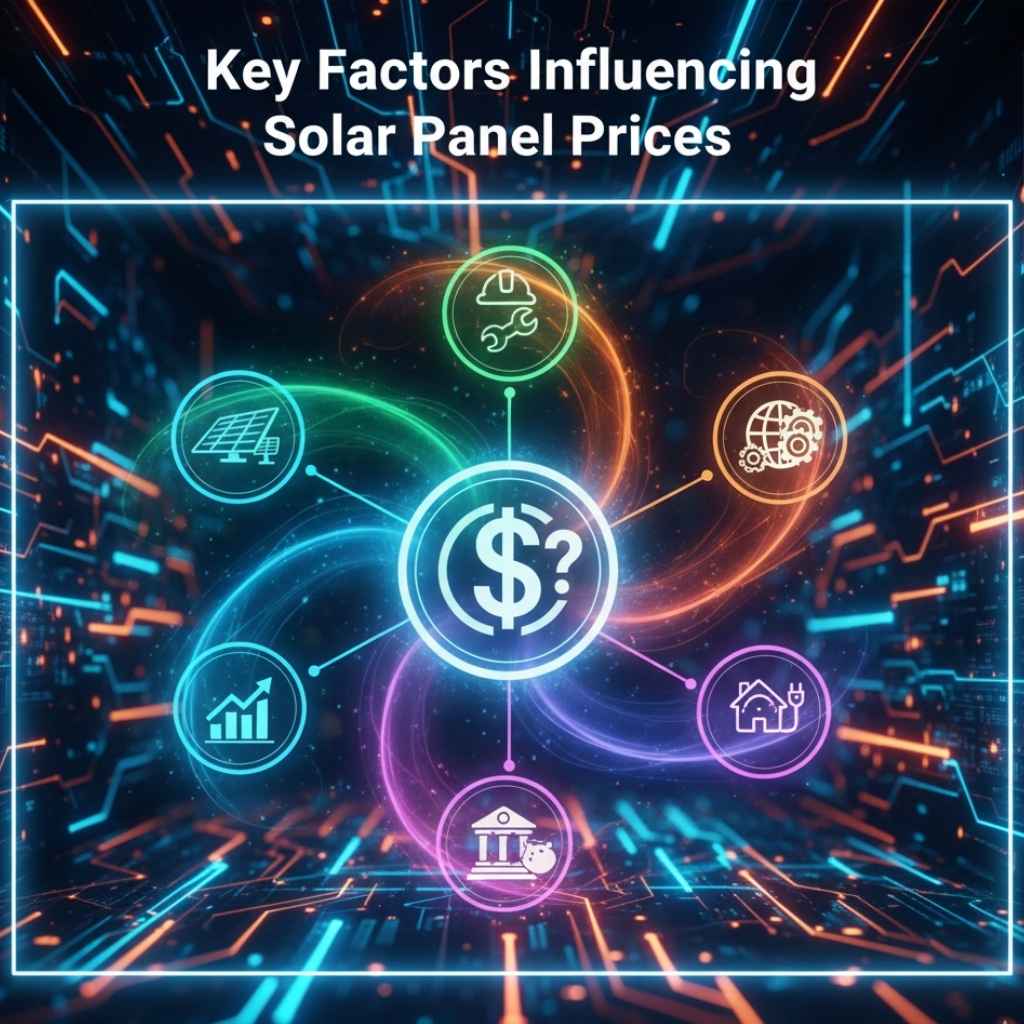
There are several key factors that analysts and industry reports consistently identify as the primary drivers of solar panel cost variation. Understanding these elements is crucial for anyone looking to get the most value out of their solar investment.
System Size and Economies of Scale
One of the most significant factors is the size of the system you install. While a larger system has a higher total price, the cost per watt is often lower. This is because larger projects benefit from economies of scale: a single site visit, a shared permitting process, and bulk equipment purchases all help to drive down the unit price. For a homeowner, this means that while a 10 kW system costs more than a 5 kW system, the price per watt is typically more attractive, offering better long-term value.
Equipment Quality
As with any major purchase, the quality of your equipment has a direct impact on the price. Premium solar panels with higher efficiency ratings and longer warranties cost more upfront. These panels often use advanced technologies that allow them to produce more energy from the same amount of space and have lower degradation rates over time. While the initial investment is higher, these panels can deliver superior long-term value and a faster return on investment in the long run.
Labor and Permitting
The “soft costs” of solar—including labor and permitting—can vary widely by location and significantly impact the final price. Local regulations, licensing requirements, and the complexity of the permitting process can all add to the total cost. Furthermore, labor rates differ by region, and the complexity of your installation (e.g., a steep roof, a complex layout, or a ground-mounted system) can increase the labor hours required.
Incentives and Rebates
Federal, state, and local incentives can dramatically reduce the net cost of a solar system. For example, the Federal Residential Clean Energy Credit can provide a significant tax credit on the total system cost. However, these incentives vary widely by location and can change over time. It is crucial to be aware of the specific programs available in your area and their eligibility requirements. Consulting with a professional installer can help you navigate these programs and ensure you receive all the financial benefits you’re entitled to.
Comparison of Module Prices vs. Installed Costs
One of the most common sources of confusion for new solar buyers is the difference between a solar panel’s price and the total installed cost of a system. The two figures are not interchangeable, and misinterpreting them can lead to significant budget errors. As an industry expert, I can tell you that this is a critical distinction to understand, especially when comparing quotes or analyzing public data.
Public data often focuses solely on the **module price**, which is simply the cost of the solar panels themselves. For example, a large-scale utility project might secure modules for as low as $0.40–$0.50 per watt. However, this does not represent the full investment. When you add the costs of the inverter, racking system, wiring, engineering, and labor, the total installed cost often doubles or more.
This discrepancy is even more pronounced for residential installations, where soft costs represent a significant share of the total spending. Soft costs include all the non-hardware expenses: permitting fees, inspection costs, customer acquisition (sales and marketing), and labor. While a residential solar panel itself might cost a fraction of the total price, the labor and administrative efforts required to get the system on the roof and connected to the grid can make up a large portion of the final bill. Therefore, it is essential to always request and review a detailed quote that includes all components and services to get an accurate financial picture.
Cost Trends for 2025 and Beyond
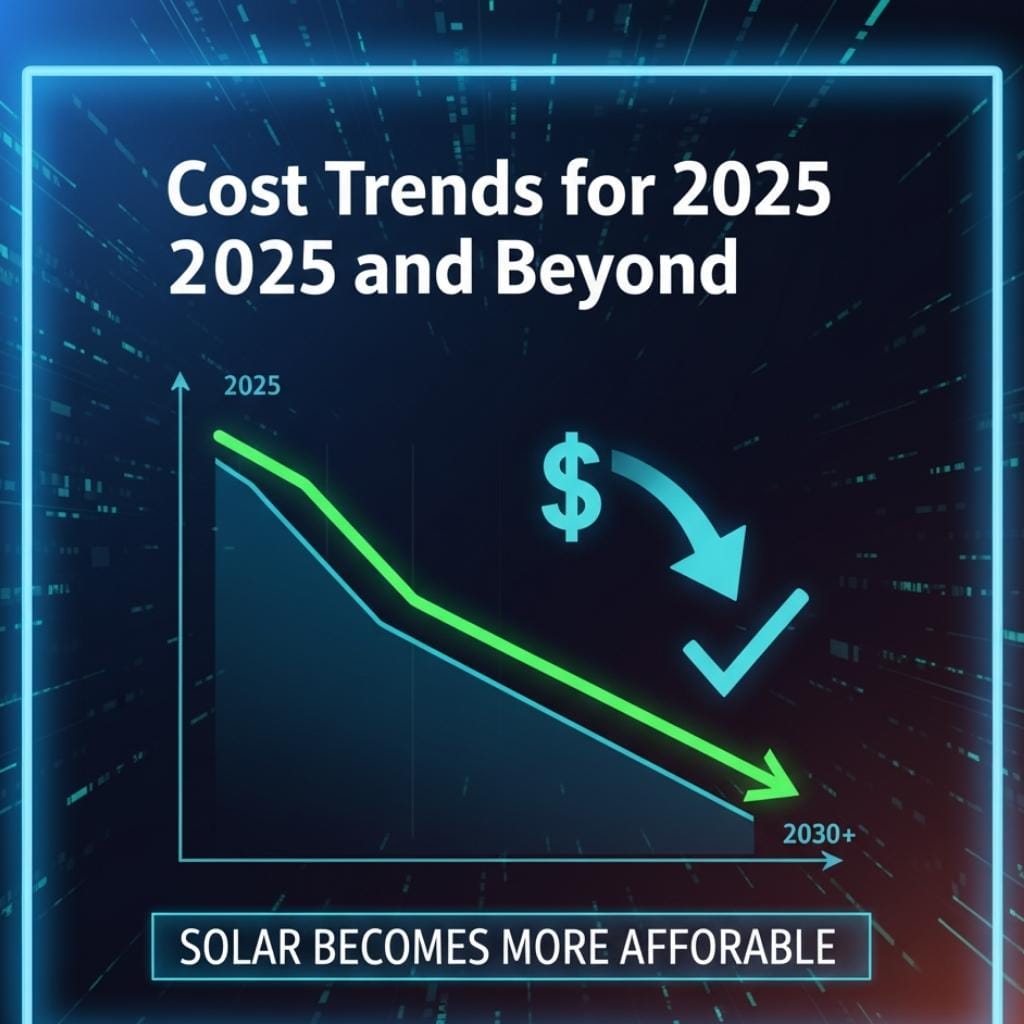
While the price of solar panels themselves has plummeted over the last decade due to manufacturing advances, a common misconception is that this trend will continue indefinitely for the total installed cost. As experts in the field, we project that while module prices may continue to decline slowly, the overall installed cost may remain stable or even rise in some regions. This complex dynamic is driven by a number of powerful market forces.
According to reports from the International Energy Agency (IEA), the global demand for solar energy continues to grow at an unprecedented rate. This surge in demand, particularly for high-efficiency module types, can place upward pressure on prices. At the same time, the industry is grappling with significant supply chain challenges, including geopolitical tensions and logistics bottlenecks. These issues can increase the cost and lead time for key components.
Furthermore, as the solar market matures, other “soft costs” are coming to the forefront. Skilled labor shortages in many regions are a growing concern. The specialized knowledge required for a safe and effective installation is in high demand, which can drive up labor costs. Additionally, stricter building codes and more complex permitting processes in some areas can add to the total project cost.
Ultimately, while the price of the technology itself is becoming more affordable, the overall cost of a solar system is influenced by a broader set of economic factors. For this reason, a detailed, project-specific quote is the most reliable tool for anyone looking to invest in solar.
How to Reduce Your Solar Investment Costs
While the cost of a solar panel system is a significant investment, industry professionals recommend several strategic approaches to manage and reduce your total spending without sacrificing quality or long-term performance. By being a smart consumer and taking a proactive approach, you can make solar energy more affordable.
- Obtain Competitive Quotes This is arguably the most effective way to ensure you get a fair price. Experts strongly advise getting at least three competitive quotes from different certified installers. This allows you to compare not only the total price but also the equipment brands, warranties, and specific services included. A professional installer will provide a transparent, detailed quote that helps you identify and eliminate unnecessary costs.
- Consider Standardized System Designs Custom engineering work, while sometimes necessary, can significantly increase the final cost. When possible, opt for system designs that are based on standard, pre-engineered solutions. This can reduce labor hours and minimize the need for expensive, one-off components. A reputable installer can help you find a standard design that still meets your energy needs effectively.
- Leverage All Available Incentives Solar incentives and rebates can dramatically lower your net investment. It’s crucial to research and leverage all available programs at the federal, state, and local levels. The Federal Residential Clean Energy Credit, for example, is a powerful tool, but many states and municipalities offer additional tax credits, rebates, or performance-based incentives. Your chosen installer should be knowledgeable about all of these programs and help you navigate the application process.
- Evaluate Total Lifecycle Cost A common mistake is to focus only on the upfront price per watt. The smarter approach is to evaluate the total lifecycle cost of your system. A slightly more expensive panel with a higher efficiency rating and a better degradation warranty may produce more energy over its 25+ year lifespan, leading to greater savings and a faster return on investment. Always consider the long-term value, not just the initial cost.
The cost of solar panels in 2025 reflects a complex balance of technological advances, regional market dynamics, and global economic factors. While the price of the technology itself continues to become more accessible, the final cost of a solar system is a multi-faceted figure that requires careful analysis. As we have detailed, residential systems in the U.S. average between $2.50 and $3.30 per watt installed, while large-scale commercial and utility projects benefit from economies of scale, seeing lower per-watt costs. However, these figures are just the start.
As a final takeaway, remember these two critical points: regional differences are significant, and a module-only price should never be confused with the total installed system cost. The true value of a solar investment lies not in the initial price tag, but in its long-term financial and environmental benefits. By staying informed with up-to-date data from trusted industry sources and requesting transparent, detailed quotes, you can ensure accurate budgeting and a successful transition to clean, renewable energy.
Reference: Lawrence Berkeley National Laboratory (LBNL)
Also click to read our article “How to Clean and Maintain Solar Panels for Maximum Efficiency?“

Solar Energy Enthusiast & Renewable Energy Researcher
Vural’s journey into solar energy began four years ago, driven by frequent power outages and high electricity bills at his own home. He has since gained hands-on experience with both personal and commercial solar projects. At solarpanelresource.com, Vural shares his real-world insights and in-depth research to guide homeowners and business owners on their own path to energy independence.
